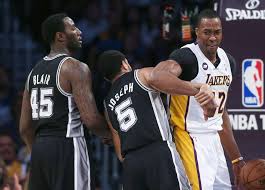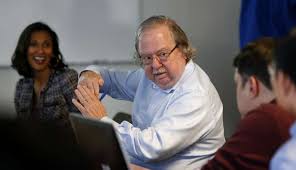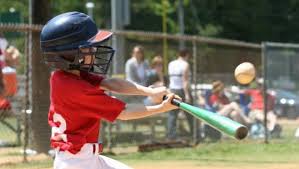
Image: thoughtco.com
A former collegiate basketball player, Steven Contino has remained a fan of the sport throughout his career in law enforcement and education. Additionally, Steven Contino is a longtime basketball referee who belongs to the International Association of Approved Basketball Officials (IAABO).
The latest IAABO Sportorials included an article on when and how to signal a technical foul. Whereas offensive or defensive fouls are called for improper movements or actions that are explicitly laid out in the rule book, technical fouls are left up to the official’s discretion and handed out when an official feels a player or coach has crossed the line of appropriate on-court behavior. This can be in regard to negative comments or verbal abuse directed toward an official.
Gary Holt, a New York official who authored the IAABO Sportorials article, suggests issuing warnings or technical fouls early in the game if warranted to prevent having to make difficult decisions in that regard in late-game situations. By doing so, you let both players and coaches know that disrespectful behavior will not be tolerated under any circumstances. When issuing the technical foul, it’s important to do so in the same way you would call a common foul. Oftentimes, referees show too much emotion when making such a call, but that only lets the offending player or coach know he has gotten under the referee’s skin and that he or she has potentially lost control of the game.


